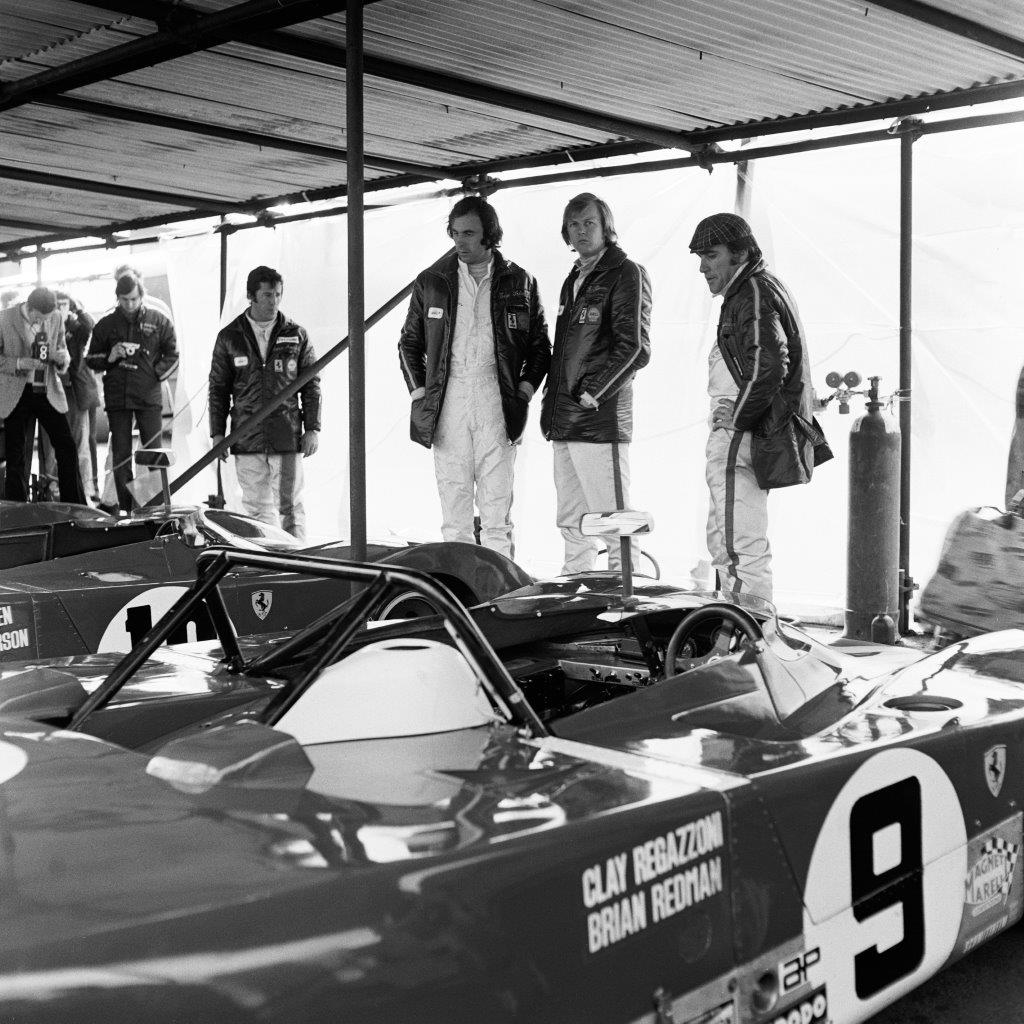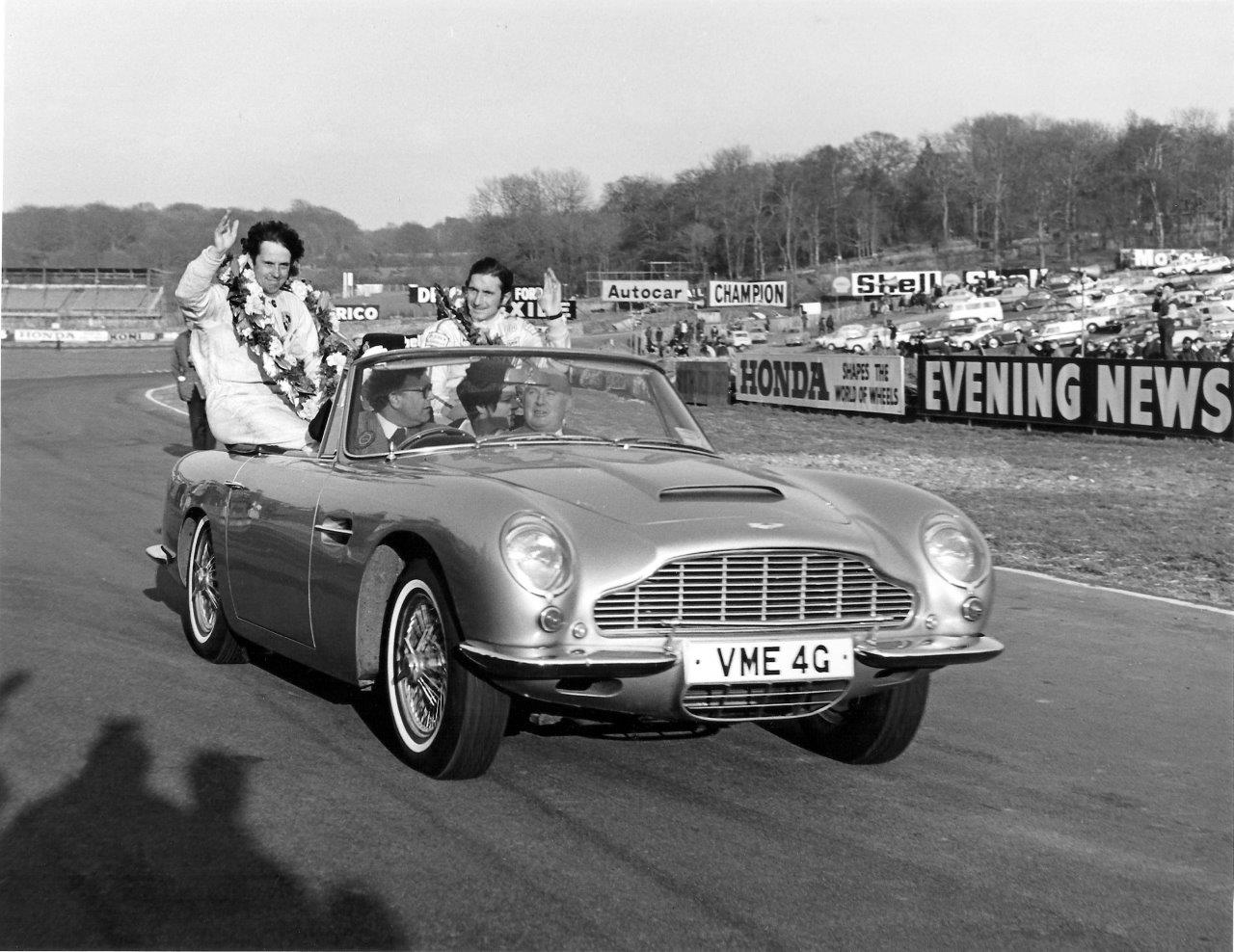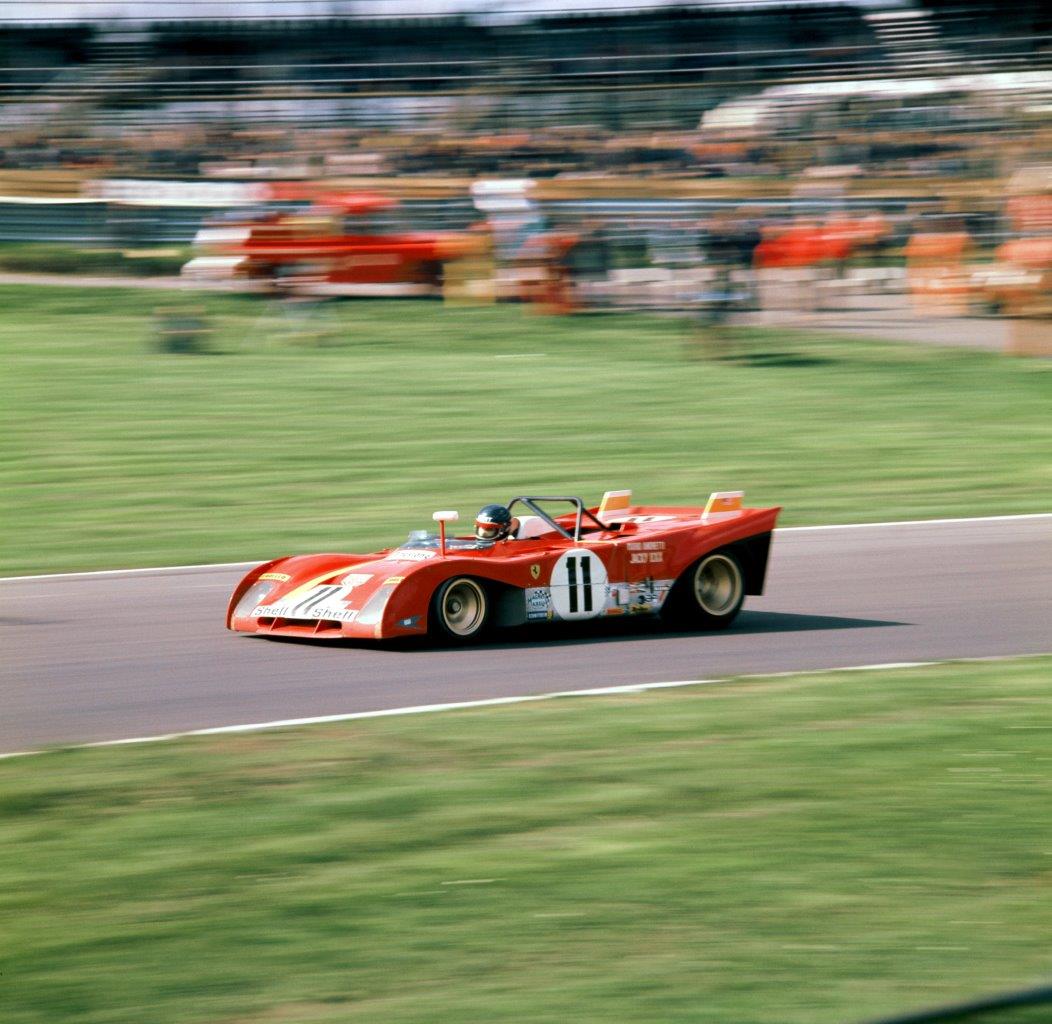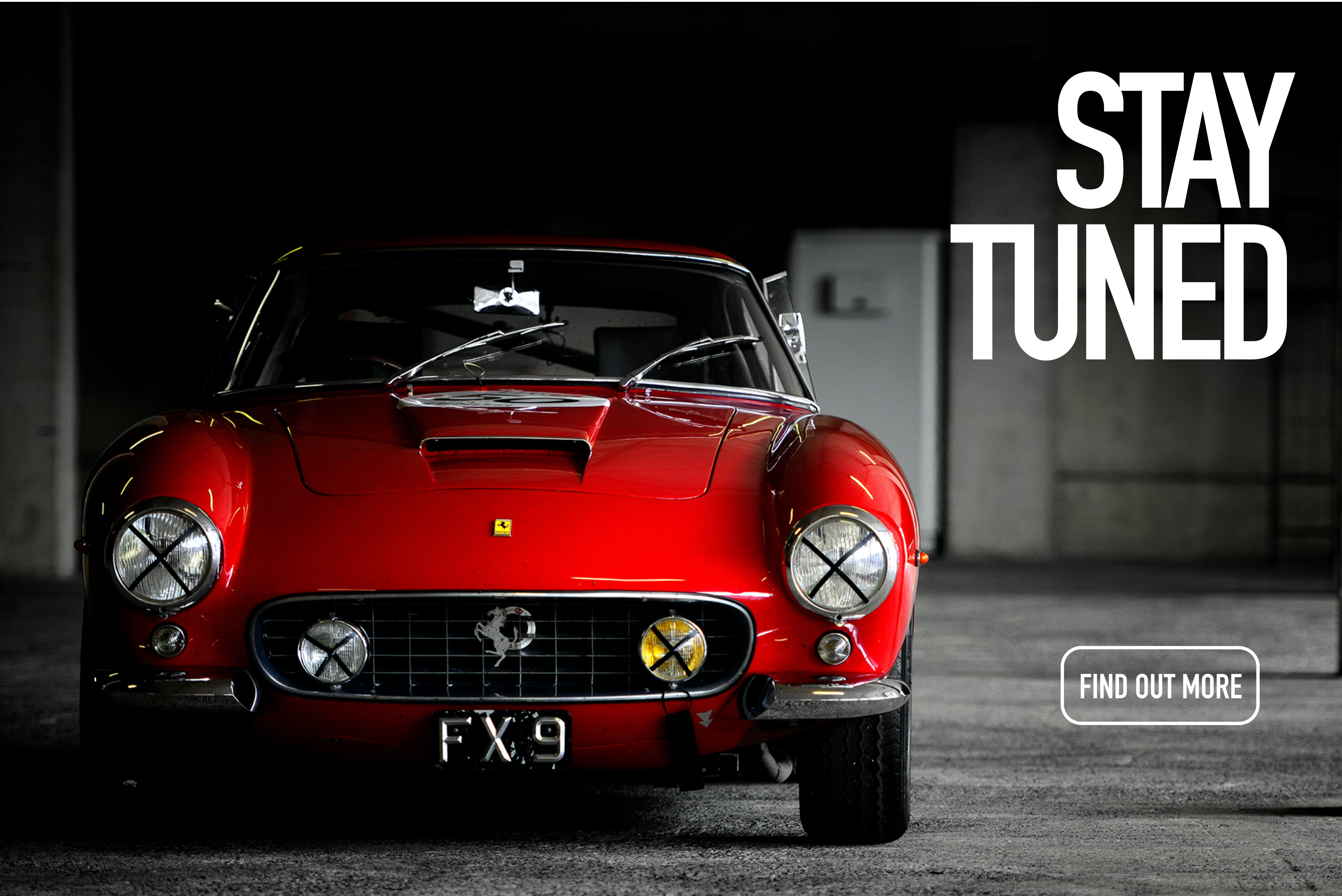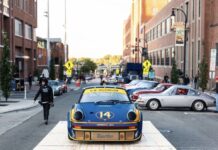In the late 1960s and early 1970s anyone with an appreciation of motorsport made the journey to the Brands Hatch circuit in Kent where they paid a few shillings to witness the World Sports Car Championship endurance races, sponsored initially by the UK airline, BOAC; they would never forget the experience.
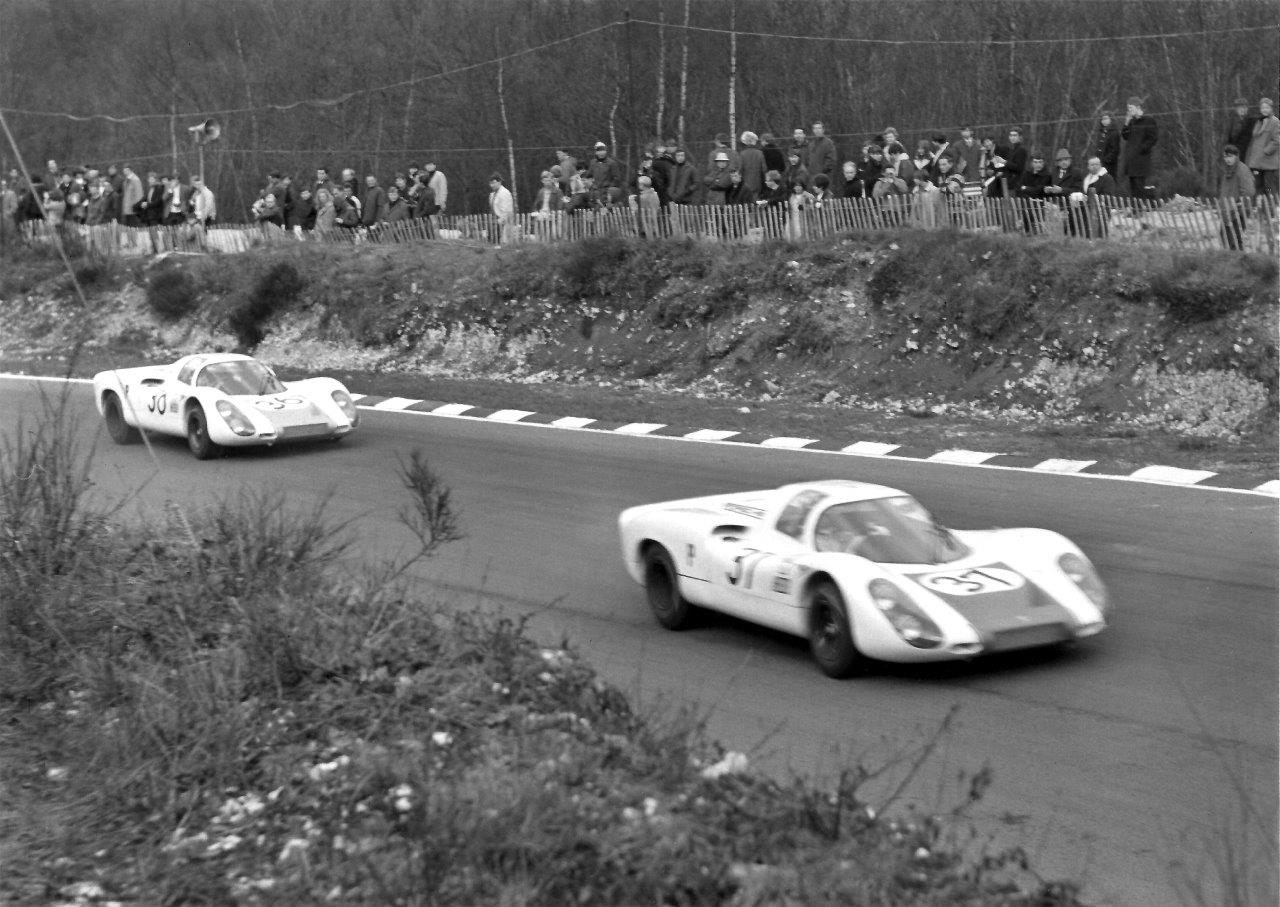
The cars, the drivers and the atmosphere were unique and for many, including myself, it was a high point in motor racing history. At the time sports cars were being developed to a level where they could match or even beat Formula 1 cars, a fact not lost on the the ‘powers that be’. Money talks so before long, sports car development was deliberately curtailed and engine sizes were reduced from either 5 or, in some cases, 7-litres to a maximum of 3-litres.

One of the first events I attended was the BOAC 500
In the late 1960s I discovered photography, cars and, more importantly, motorsport. A Brands Hatch season ticket was purchased (£14 10s) and one of the first events I attended was the BOAC 500 in 1967. I had never encountered anything like a Ferrari P4 or a GT40 and when the white, winged Chaparral 2F appeared, I felt I had arrived in a different world. For six hours these magnificent automobiles pounded around the circuit, driven by the best drivers in the world. To confound the experts the Chapparal proved reliable and was driven to victory by Phil Hill, chased all the way by the Ferrari P4 of Jackie Stewart; it could hardly get better than that.
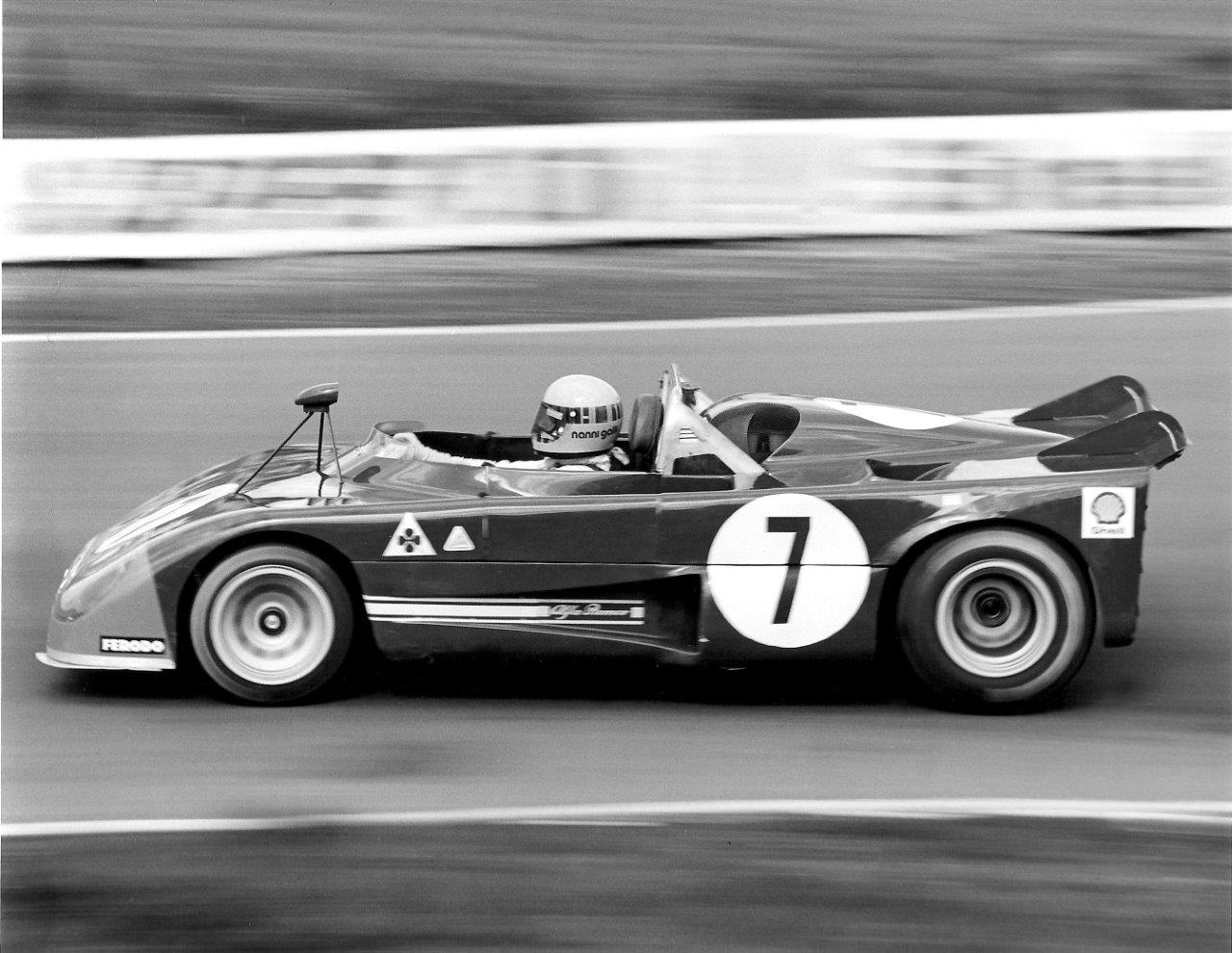
In 1967 I only had use of a small Olympus camera but in 1968 I was back with a 6x6cm Mamiya camera which only gave twelve shots per roll but had the advantage of a larger negative that offered a better quality image. I still had to choose my shots carefully due to having just two rolls of film (I was an art student on a very small budget!) but even then I knew that I would eventually regret not taking a lot more photographs. The entry was basically a list of all-time great cars and drivers, the most unusual entry being a turbine-engined Howmet that arrived from the USA. The whine of the helicopter engine almost drowned out the sound of the mighty V8-powered GT40s, Lola T70s and the V12 Ferraris when the cars assembled on the starting grid prior to the flag being dropped. The Howmet was quick but lasted just seven laps before it went straight on at Druids Bend, ending its race in the barriers. The race became a battle between the JW Automotive Ford GT40 of Ickx/Redman and the rapid 2-litre Porsche 906 of Mitter/Scarfiotti with the Ford beating the Porsche by just 32 seconds, two laps clear of the next car home. The sight and sound of the 5-litre GT40s and the Lola T70s was intoxicating and, in my opinion, so much more impressive than any grand prix car. For many motoring enthusiasts, the T70 has a strong claim to be the most beautiful sports-racing car of all time.
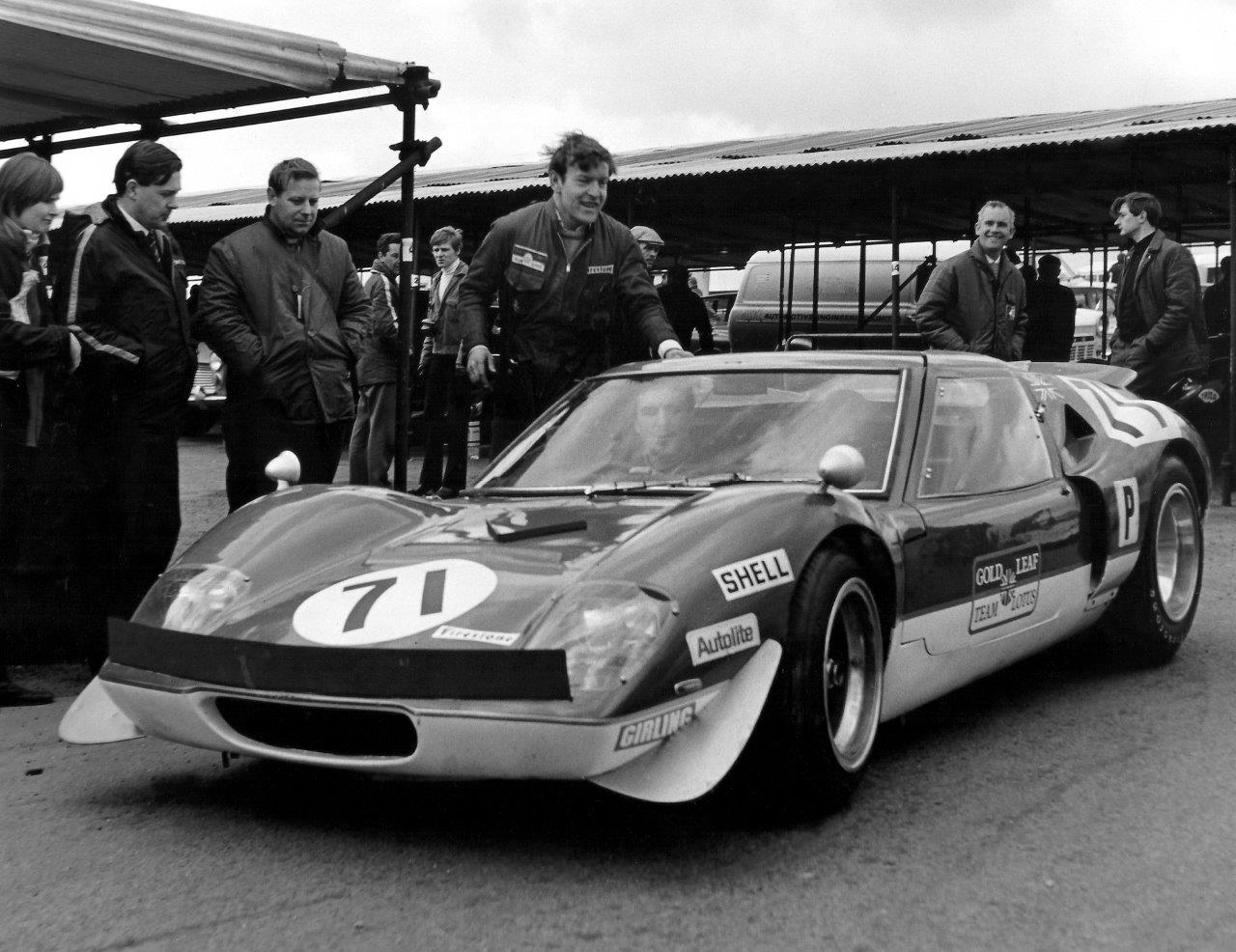
The following year, 1969, saw a 1-2-3 victory for the smaller-engined Porsche 908s that were more suited to the twisty circuit than the larger-engined cars. Brian Redman won again, partnered by Jo Siffert. The all-conquering Ford GT40 was reaching the end of its competitive life while the Lola T70 MkIIIB never quite fulfilled its promise. Near the end of the race most of the T70s withdrew for safety reasons following a huge accident caused by a component breaking on Jo Bonnier’s T70; the car cartwheeled down the hill from Druids with the cockpit section coming to rest behind the pits. Bonnier was hauled from the remains and survived almost unscathed.

In 1970 the BOAC 500 was renamed the ‘BOAC 1000km World Championship Sports Car Race’ and that year saw the arrival of Porsche’s ultimate race car, the now legendary 917. The entry list was devoid of GT40s although a handful of Lolas were entered but the main challenge to Porsche’s supremacy came from the 5-litre Ferrari 512; the race promised an epic Porsche v Ferrari battle. Also present were a brace of Matra-Simcas with their ear-shattering 3-litre V12 engines that marked their progress around the circuit. One of the most eagerly anticipated races of the year was almost derailed when the infamous British weather decided to play its part – it rained. Not just a few showers but proper heavy rain that arrived during the night and continued throughout the day. I had two cameras with me as I was determined to make the most of photographing these incredible cars but the rain beat me when both (very wet) cameras stopped working, something I had never experienced before or since – a night in a warm cupboard cured the problem. Chris Amon put his Ferrari on pole ahead of the Gulf 917 of Siffert followed by Ickx (Ferrari) and Elford (‘works’ 917). The race began in a downpour and cars spun everywhere – nobody expected it to last the full six hours. Even though the drivers had little or no vision due to the clouds of spray, Rodriguez was accused of overtaking under yellow flags and was called into the pits where he received a reprimand. Incensed by the perceived injustice, he rejoined the race and from then on drove like a man possessed. It defied belief. Knowing he had to allow his co-driver to take over for his allotted stint, he pitted as late as possible to hand over to Leo Kinnunen who was a capable driver but on this day his lap times were nowhere near those of Pedro. He completed the minimum permitted time and returned to the pits where an adreneline-fuelled Mexican dragged him from the 917 to continue his mercurial drive. By the time the flag fell the 917 had lapped the field five times. Nobody who witnessed the incredible demonstration of skill objected to being soaked to the skin.

1971 marked the arrival of the new 3-litre models from Ferrari and Alfa Romeo that were being prepared for the 1972 season when a 3-litre engine limit would come into force. The FIA claimed the decision was to slow the cars as the 5-litre cars were becoming too fast for safety but ironically it was the better handling 3-litre cars that were quicker than the larger-engined cars at Brands Hatch. Once again, the race started on a very wet circuit which worked against the 5-litre cars although they went faster as the track dried. However, a series of minor problems delayed the 917s and 512s, allowing victory to go to the Autodelta Alfa Romeo team.
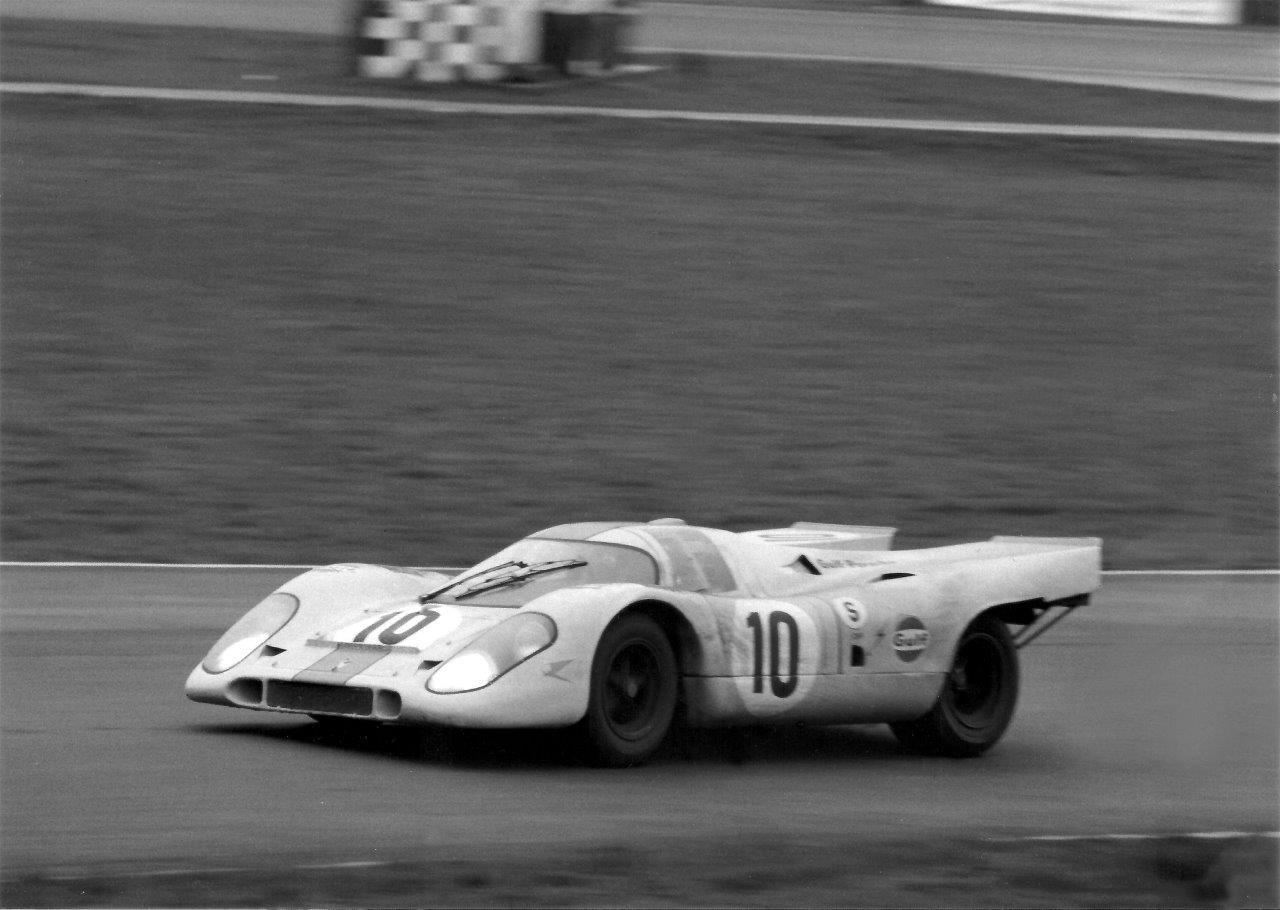
1972 was the year of the 3-litre cars and the last race to carry BOAC sponsorship. (The race was not held in 1973 but returned in 1974 under the ‘British Airways’ title although by now both Porsche and Ferrari had lost interest leaving Matra Simca to record a rather hollow victory over modifed road-going sports cars). Although the mighty Porsches and Ferraris had gone, the Ferrari factory entered its new 312PB model that would dominate the championship at the expense of Alfa Romeo. To ensure victory, F1 drivers such as Jackie Ickx, Ronnie Peterson, Mario Andretti and Clay Regazzoni were employed. The rapid 3-litre Ferraris came home home in first and second place with Ickx/Andretti ahead of Peterson/Schenken, followed by a brace of Alfas. The lack of a race in 1973 marked the end of a brief but glorious era, remembered forever by those who experienced it.
Photographs from the book: ‘Memories of Motorsport’ by Trevor Legate (tlegate@btinternet.com)

